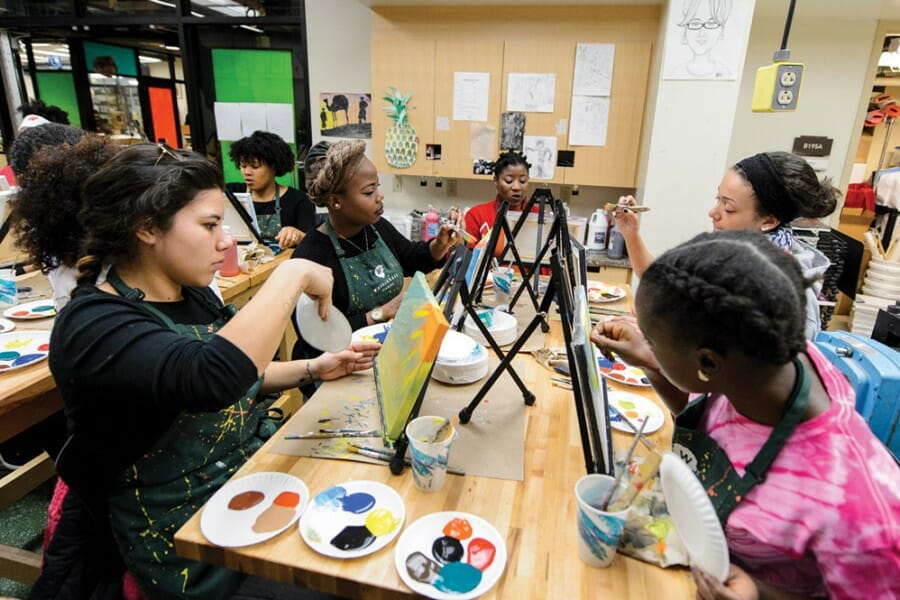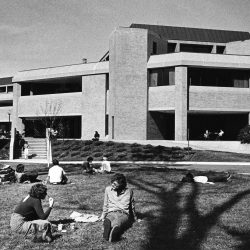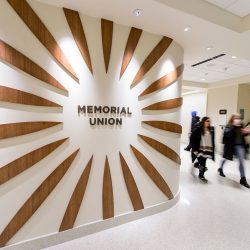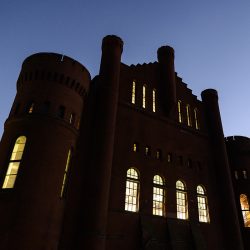Wheelhouse Studios
What’s your favorite UW tradition?
Tell On Wisconsin at onwisconsin@uwalumni.com, and we’ll find out if it’s just a fond memory or still part of campus life today.
What started four years ago as a small experiment meant to encourage the campus community to tap into its creativity has expanded tenfold into a hub for the skilled and newcomers alike to come together and make art. Wheelhouse Studios’ monthly Free Art Fridays draw between 300 and 400 people, and on the weekends it’s getting difficult to find an open pottery wheel.
“We exceeded all of our expectations, so organizationally, we’re figuring out what the sustainability plan is,” says recently retired director Jay Ekleberry ’77, MS’83. “How do we keep this going? How do we keep things fresh and new?”
Open 70 hours a week on the lower level of Memorial Union, Wheelhouse is available to students and union members and offers spaces dedicated to ceramic, 3D, and 2D art. The open-studio aspect is what sets the program apart, Ekleberry says. With other art spaces in Madison, “you can’t just waltz into your ceramics studio anytime between your class sessions and practice or work on a project.”
That time to pursue artistic passions was what inspired Wheelhouse’s predecessor, the Craftshop, which opened in 1930 after student Sally Owen Marshall ’30 used her senior thesis to petition for an art space on campus. It closed in 2012 for renovations to the union and Wheelhouse opened in 2014.
Close to 2,000 students and community members enroll in Wheelhouse classes during the year, and the studio attracts additional visitors when it hosts events to encourage conversation about contemporary issues. On Martin Luther King Jr. Day, the campus community was invited to drop in and create mixed-media collages representing their favorite quote from King. Wheelhouse has also hosted painting workshops to reinforce positive messages about body image.
“When you’re just sitting and talking when you’re working on an art project, the dialogue becomes deeper,” Ekleberry says. “It’s a whole different conversation because you’re engaged in this activity that’s activating the whole brain, forcing you to be creative. You have an instant common ground.”
Published in the Winter 2018 issue




Comments
No comments posted yet.